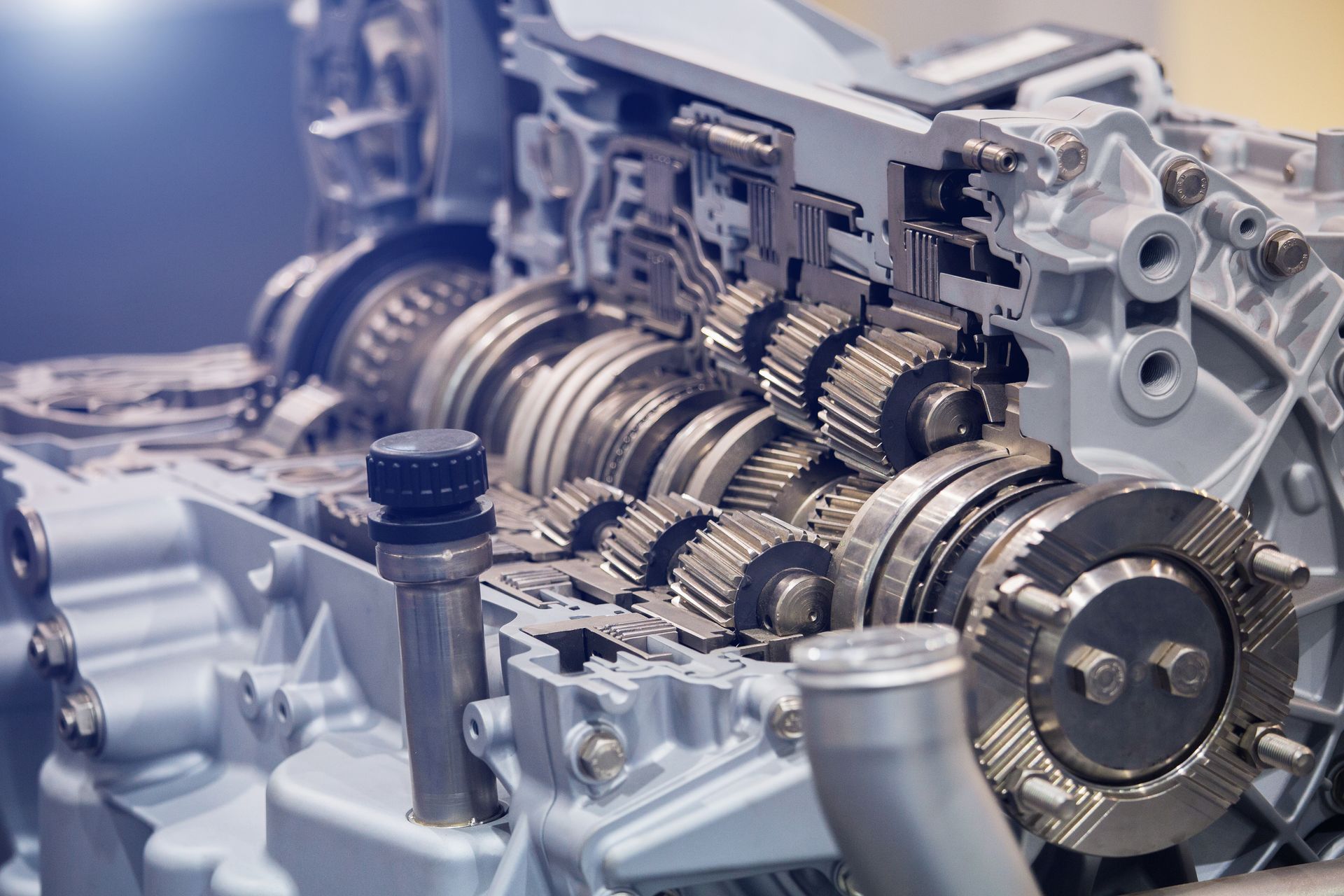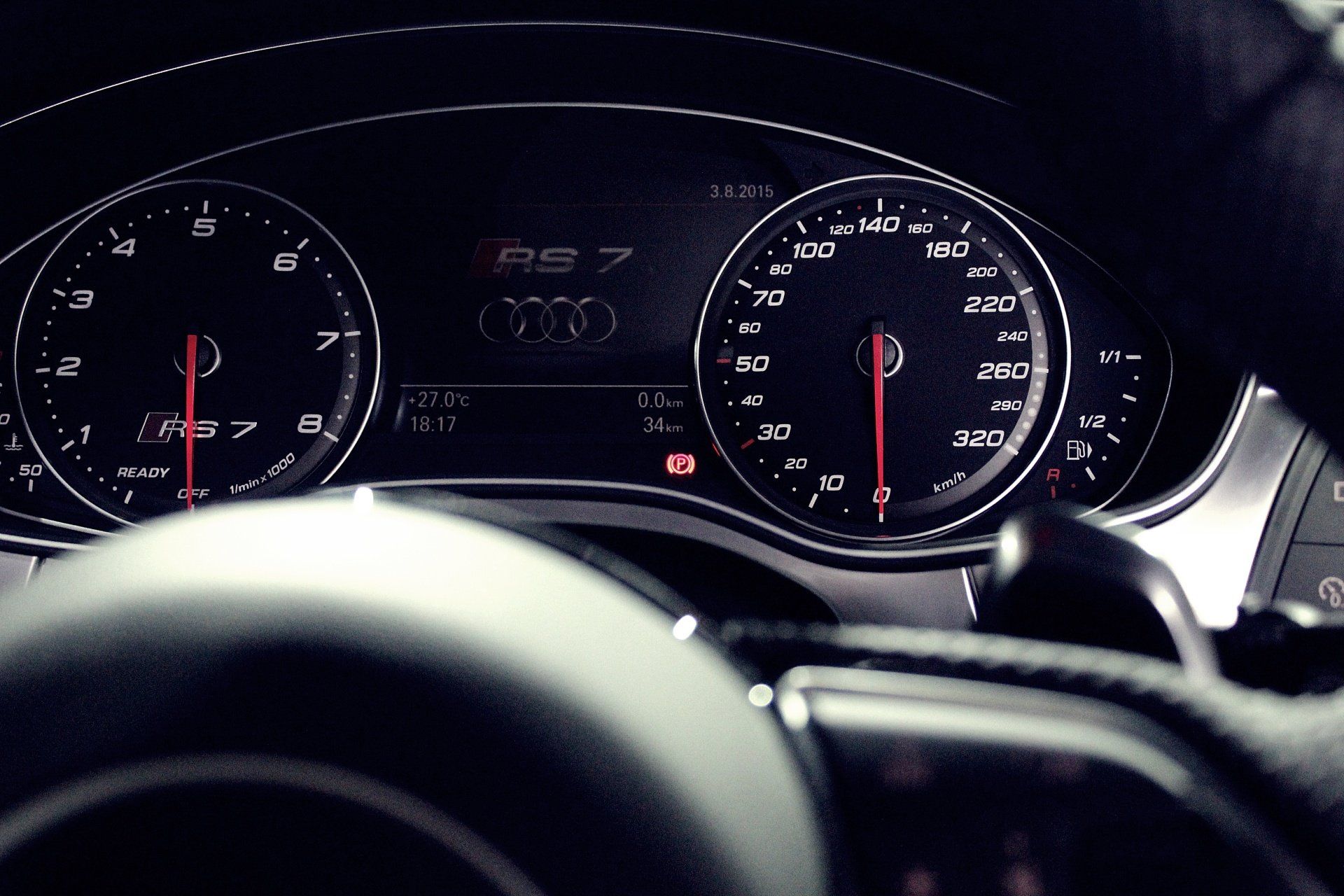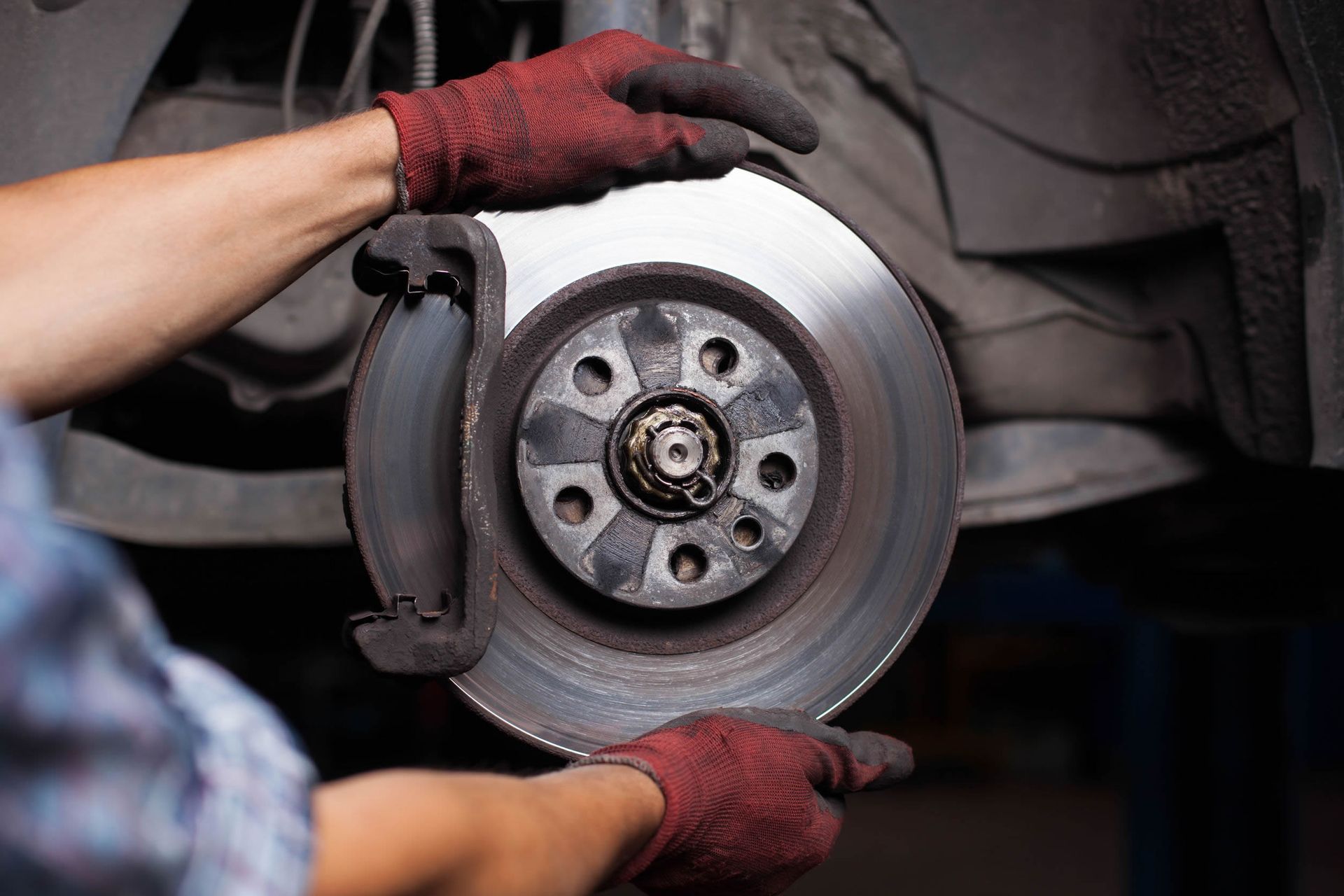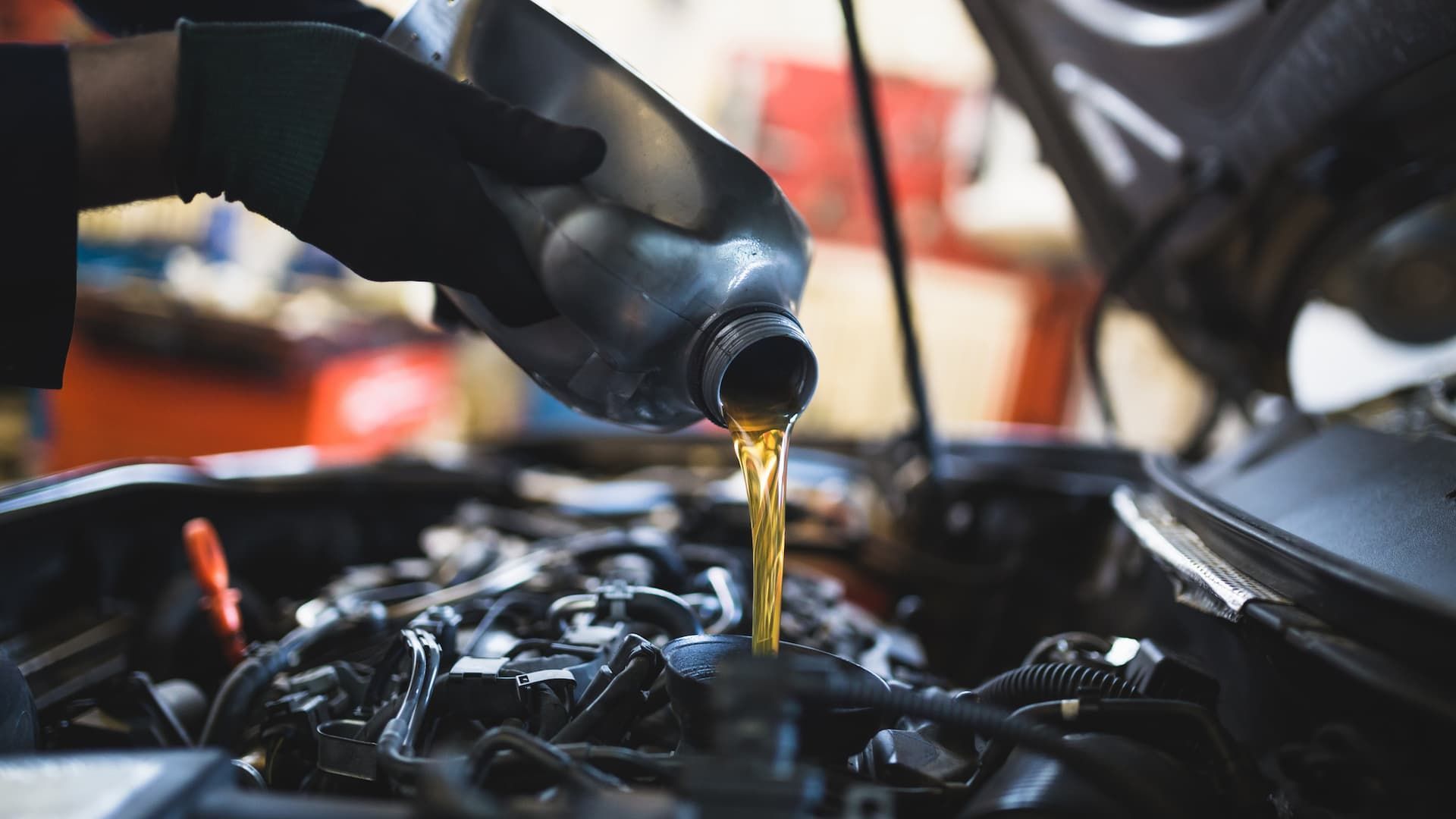Why is My Transmission Slipping?
If you've ever experienced the sensation of your car's transmission slipping, you know it can be a concerning issue. But what causes this problem, and what should you do about it? Let's delve into the mysteries of transmission slips and uncover some insights that might help you address the issue effectively.
Understanding Transmission Slipping
First things first, what exactly is transmission slipping? Essentially, it's when your car's transmission fails to maintain a steady connection between the engine and the wheels, resulting in a loss of power and erratic shifting. You might notice the engine revving without a corresponding increase in speed, or a delay in acceleration when you step on the gas pedal.
Common Causes of Transmission Slipping
Several factors can contribute to transmission slipping, including:
- Low Transmission Fluid: One of the most common causes is low transmission fluid levels. Transmission fluid acts as a lubricant and coolant for the various components within the transmission. When the fluid level is too low, it can't perform its job effectively, leading to slipping and other issues.
- Worn Clutch Plates: In manual transmissions, worn clutch plates can result in slipping. Over time, these plates can become worn or warped, preventing them from engaging properly with the transmission gears.
- Faulty Solenoids: Automatic transmissions rely on solenoids to control the flow of transmission fluid and facilitate gear changes. If a solenoid malfunctions or becomes stuck, it can cause slipping as the transmission struggles to shift gears smoothly.
- Damaged Transmission Bands: Transmission bands are like brakes within the transmission that help to hold gears in place. If these bands become worn or damaged, they may slip, leading to issues with gear engagement.
- Mechanical Wear and Tear: Over time, the various components of the transmission can experience wear and tear, leading to issues like slipping. This can include everything from worn bearings to damaged gears.
Addressing Transmission Slipping
So, what should you do if you suspect your transmission is slipping? Here are some steps to consider:
- Check Transmission Fluid Levels: Start by checking the transmission fluid level according to your vehicle manufacturer's recommendations. If it's low, top it up with the appropriate fluid.
- Inspect for Leaks: If you notice a significant drop in transmission fluid levels or see fluid pooling under your vehicle, you may have a leak. Addressing any leaks promptly can help prevent further damage to your transmission.
- Seek Professional Diagnosis: If you're experiencing persistent transmission slipping, it's best to seek the expertise of a qualified mechanic. They can perform a diagnostic assessment to pinpoint the underlying cause of the issue.
- Consider Maintenance or Repairs: Depending on the diagnosis, your mechanic may recommend maintenance tasks such as flushing the transmission fluid or replacing worn components. In more severe cases, transmission repairs or replacement may be necessary.
Conclusion
Transmission slipping can be a frustrating and potentially dangerous issue to encounter while driving. By understanding the common causes and taking proactive steps to address them, you can help ensure your vehicle's transmission operates smoothly and reliably. If you're in the Katy, TX area and require assistance with transmission services or repairs, don't hesitate to reach out to our team at Auto Motive. We're here to help keep you safely on the road.













